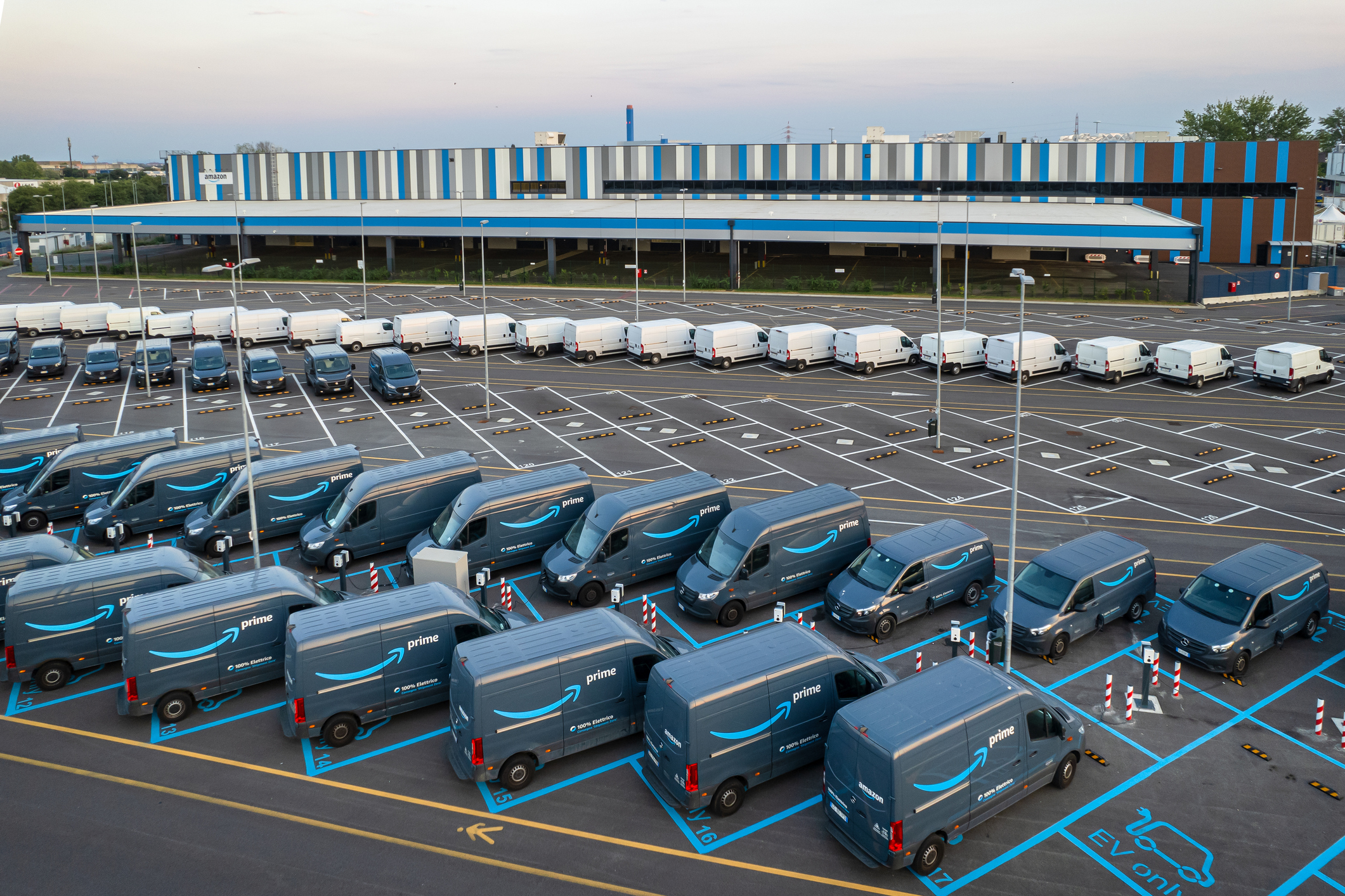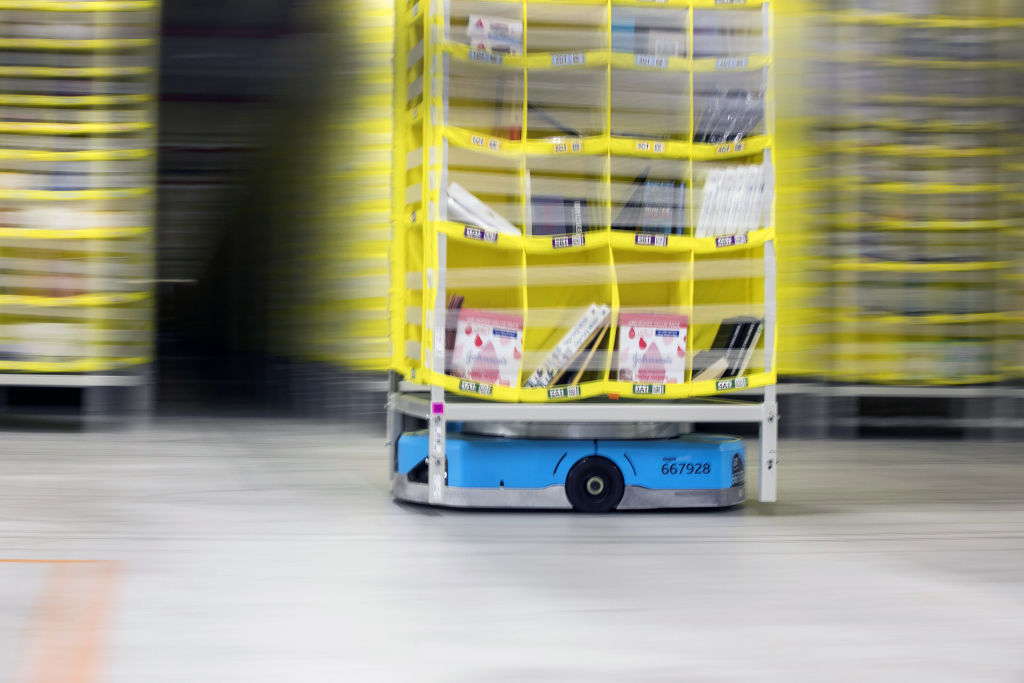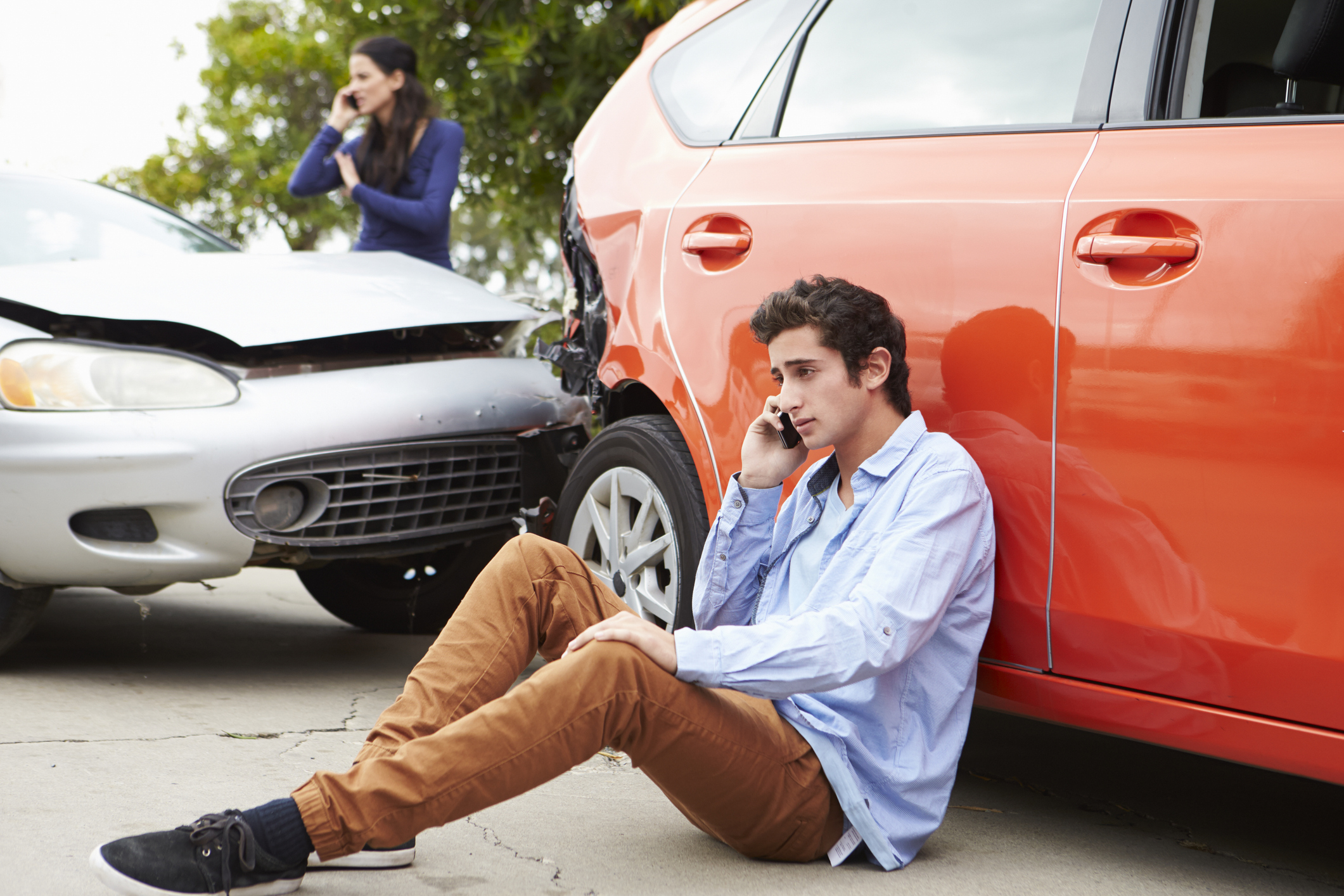How Amazon Will Deliver Your Prime Day 2025 Orders — From Vans to Drones
Amazon Prime Day returns July 8–11 with 96 hours of deals, and a wide range of high-tech and flexible delivery options to match the shopping surge.

Amazon Prime Day is one of the biggest shopping events of the year for Prime members, bringing a flood of orders and now, a wide range of shipping methods to ensure timely delivery.
Amazon’s 2025 Prime Day event will start July 8 at 12:01 a.m. PDT and run through July 11, offering four days of savings.
Here’s a look at what Prime Day includes, how your packages may arrive, and how AI and automation are shaping the delivery experience. Amazon has also introduced new tools to improve transparency and give customers more control over how and when they receive their orders.
From just $107.88 $24.99 for Kiplinger Personal Finance
Become a smarter, better informed investor. Subscribe from just $107.88 $24.99, plus get up to 4 Special Issues

Sign up for Kiplinger’s Free Newsletters
Profit and prosper with the best of expert advice on investing, taxes, retirement, personal finance and more - straight to your e-mail.
Profit and prosper with the best of expert advice - straight to your e-mail.
But first, what’s all the fuss about Prime Day?
Prime Day is Amazon’s signature summer sale, packed with exclusive deals for Prime members. It launched in 2015 to celebrate Amazon’s 20th anniversary and has since grown into a major global shopping event.
Amazon’s 2025 Prime Day event will start July 8 at 12:01 a.m. PDT and run through July 11. With the summer shopping event expanding to four days for the first time, Prime members now have double the time to snag deals on everything from electronics and household essentials to clothing, toys, and more.
To get the most out of the event, consider saving items to wish lists, enabling deal alerts in the Amazon app and watching for early “sneak peek” promotions in late June and early July.
How your Prime Day packages will arrive

When Prime Day orders surge, Amazon relies on a pretty diverse delivery network to keep things moving smoothly. Here are some main last-mile options:
- Delivery service partners (DSPs): These are local small businesses running Amazon-branded vans and hiring drivers to handle deliveries in their region. The DSP program empowers entrepreneurs to launch and manage their own delivery fleets, backed by Amazon’s technology and logistics support. During Prime Day, DSPs scale up routes and drivers to meet higher volumes while maintaining Amazon’s delivery standards.
- Amazon flex drivers: You’ve probably seen some Amazon Flex workers deliver your Amazon packages before. Flex partners are independent drivers who pick up orders from local stations or partner stores and drop them off at customers’ doors. During Prime Day, Flex drivers help absorb spikes in demand by taking extra blocks as needed. This model offers flexibility for drivers and additional capacity for Amazon when order volume climbs.
- Electric vans: As part of Amazon’s Climate Pledge, thousands of custom Rivian electric delivery vans are rolling out in metro areas. These EVs reduce emissions and fit seamlessly into the wider fleet during peak periods like Prime Day. They share routes alongside conventional vans but with a greener footprint, especially in cities where charging infrastructure supports frequent stops.
- On-foot couriers: In dense, walkable urban neighborhoods like parts of New York City or Chicago, Amazon sometimes uses foot couriers. A van or electric vehicle brings packages to a central drop point and couriers finish deliveries on foot within a few blocks. This approach can beat traffic snarls and get packages to doorsteps more quickly when roads are congested. It’s a clever way to maintain speed and reliability during high-volume events.
- Drones (Prime Air): Drone delivery under Prime Air remains in limited testing, with past trials in College Station, TX and Lockeford, CA. While Prime Day’s bulk orders mostly travel by ground, eligible small-package deliveries in test areas may still use drones, showcasing Amazon’s long-term vision for rapid, airborne fulfillment. If you’re in a trial zone and order a lightweight item, you might get a glimpse of the future of delivery, although it’s not yet widespread.
- Amazon lockers & counters: If you prefer to pick up your package at your convenience, Amazon Lockers and Counter pickup locations are lifesavers especially if you’re out during delivery windows. You select a Locker or Counter at checkout (often at grocery stores, pharmacies, transit hubs, etc.), then retrieve your order within a few days using a unique code.
How AI and automation shape deliveries

Amazon continuously experiments with AI and robotics to smooth out logistics, especially during surges like Prime Day. Here are some interesting trends to keep an eye out for.
Dynamic re-routing
If a delivery attempt fails (say, recipient isn’t home), AI can suggest alternate time windows, nearby Locker pickup, or even neighbor-drop options in real time. By analyzing traffic, weather and past delivery patterns, the system tweaks routes on the fly to minimize delays and keep drivers productive. You might see notifications offering a new delivery slot or pickup point almost instantly when something changes.
Inventory rebalancing
After Prime Day’s flurry of orders, AI-driven forecasting examines leftover stock in local fulfillment centers. It predicts return volumes and upcoming demand to rebalance inventory across centers, ensuring popular items stay available for next-day orders and minimizing wasted trips.
This behind-the-scenes smoothing helps keep future orders flowing without hiccups.
Warehouse-to-curb robotics
Inside fulfillment centers, mobile robots already handle picking and sorting. Amazon is exploring humanoid prototypes and advanced automation to assist with loading vans or even make doorstep deliveries in future trials according to TheVerge. While it’s early days, these developments hint at a future where robots support human drivers to boost efficiency during peak events.
Sustainability optimization
AI factors carbon footprint into route planning by favoring electric van routes, batching deliveries to Lockers and optimizing load efficiency. During Prime Day, these algorithms aim to balance speed with eco-friendly practices like consolidating stops or rerouting vehicles to reduce miles driven. This keeps emissions lower even when volume is at its highest.
More customer service, transparency and control for shoppers
Amazon already does pretty well at getting shoppers their packages quickly and effectively, or else it wouldn’t be such a popular online retailer. But these new innovations might really take things to the next level and even set the bar to new heights within the online shopping industry.
With real-time tracking updates, custom delivery practices and timely alerts about upcoming deals and offers, new and returning Prime Day shoppers should have high expectations and benefit from the elevated customer service and flexible delivery options.
Of course, this will all be an added bonus to any great Prime deals you happen to snatch up this summer as well.
Related content
Profit and prosper with the best of Kiplinger's advice on investing, taxes, retirement, personal finance and much more. Delivered daily. Enter your email in the box and click Sign Me Up.

Choncé is a personal finance freelance writer who enjoys writing about eCommerce, savings, banking, credit cards, and insurance. Having a background in journalism, she decided to dive deep into the world of content writing in 2013 after noticing many publications transitioning to digital formats. She has more than 10 years of experience writing content and graduated from Northern Illinois University.
-
 4 Great Tools to DIY Your Own Financial Plan
4 Great Tools to DIY Your Own Financial PlanSmart Savings Several tools picked out by Kiplinger that DIYers can use to make their own financial plan.
-
 The 7-Month Deadline That Sets Your Lifetime Medicare Premiums
The 7-Month Deadline That Sets Your Lifetime Medicare PremiumsUnderstanding Medicare enrollment is crucial, as missing deadlines can lead to permanent late enrollment penalties and gaps in coverage.
-
 Retirees Living in Portugal: You Need a Post-NHR Tax Strategy
Retirees Living in Portugal: You Need a Post-NHR Tax StrategyWhen your 10-year Non-Habitual Resident tax break ends, you could see your tax rate soar. Take steps to plan for this change well before the NHR window closes.
-
 4 Great Tools to DIY Your Own Financial Plan
4 Great Tools to DIY Your Own Financial PlanSmart Savings Several tools picked out by Kiplinger that DIYers can use to make their own financial plan.
-
 The 7-Month Deadline That Determines Your Lifetime Medicare Premiums
The 7-Month Deadline That Determines Your Lifetime Medicare PremiumsUnderstanding Medicare enrollment is crucial, as missing deadlines can lead to permanent late enrollment penalties and gaps in coverage.
-
 Should You Renew Your CD?
Should You Renew Your CD?With rate cuts impacting earnings, we examine if now is a wise time to renew CDs.
-
 Verizon’s 4-Line Phone Promo Offers Strong Value for Families Upgrading to Premium Devices
Verizon’s 4-Line Phone Promo Offers Strong Value for Families Upgrading to Premium DevicesFamilies can upgrade to top-tier smartphones for $25 a line with Verizon’s newest offer.
-
 Where to Store Your Cash in 2026
Where to Store Your Cash in 2026Set yourself up for success with these strategies.
-
 I'm a Financial Adviser: The Fed's Rate Cuts Could Have Impacts You Might Not Anticipate
I'm a Financial Adviser: The Fed's Rate Cuts Could Have Impacts You Might Not AnticipateUnderstanding how lower interest rates could impact your wallet can help you determine the right financial moves to make.
-
 My Teen Crashed His Car, and Now Our Insurance Has Tripled. What Now?
My Teen Crashed His Car, and Now Our Insurance Has Tripled. What Now?Dealing with the costly aftermath of a teen car accident is stressful. Here are your options for navigating it.
-
 My First $1 Million: Retired In-House Corporate Lawyer, 74, Midwest
My First $1 Million: Retired In-House Corporate Lawyer, 74, MidwestEver wonder how someone who's made a million dollars or more did it? Kiplinger's My First $1 Million series uncovers the answers.